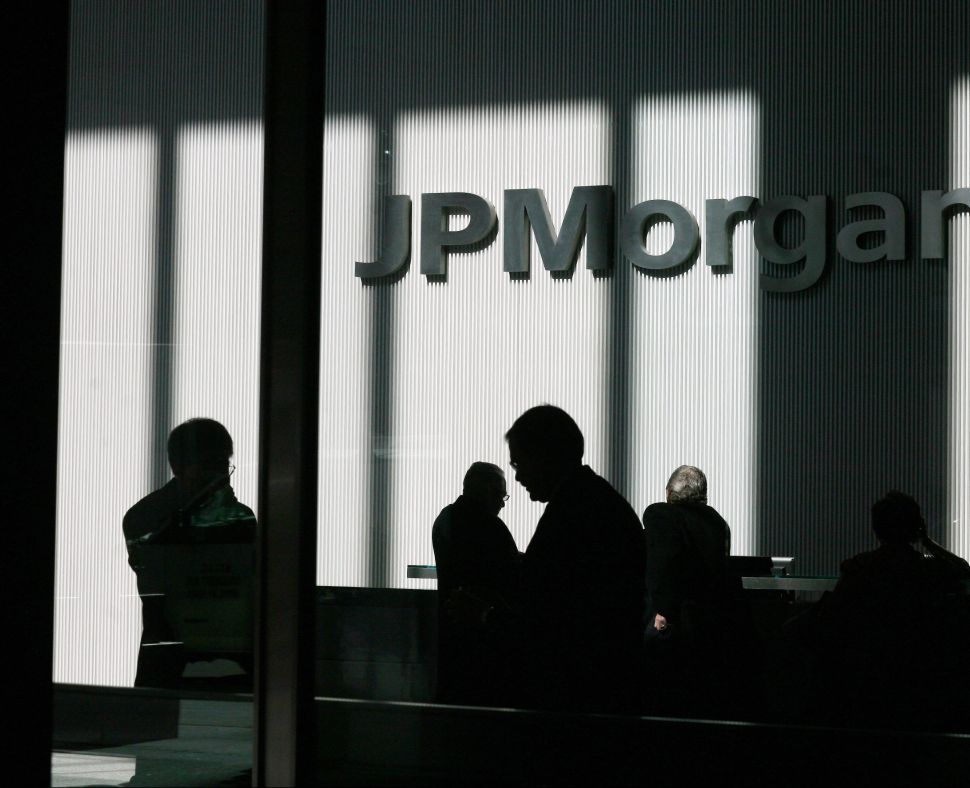JPMorgan Chase (JPM)âs headquarters, with the companyâs name prominently displayed on a backlit wall.” width=”970″ height=”788″ data-caption=’At JPMorgan Chase headquarters, a quiet quantum coup: the bank just beat Big Tech to a breakthrough in certified randomness—marking a rare win for Wall Street in the race to make quantum computing useful. <span class=”lazyload media-credit”>Getty Images</span>’>
Pulling numbered balls out of a mixing machine. Tracking the twitch of a mouse cursor. Converting lava lamp motion into data. These are just a few ways real-world randomness is generated—essential for things like lotteries and Internet encryption, where unpredictability equals security.
Transmitting that randomness over the Internet, however, is a different story. Physically random processes are hard to verify remotely, and by design, traditional computers can’t generate true randomness. But a new quantum breakthrough may have solved the problem.
Published yesterday (May 26) in Nature, a study from JPMorgan Chase researchers—alongside collaborators at Argonne and Oak Ridge national labs and the University of Texas at Austin—demonstrates how a quantum computer generates “certified” randomness.
Quantum computers don’t use ordinary bits but qubits, which can exist in multiple states at once and collapse into intrinsically random outcomes. Using a 56-qubit quantum computer from Quantinuum, the researchers produced random numbers that were then verified by classic supercomputers.
“It’s the first experimental demonstration of the use of a quantum computer to generate certified random numbers,” said Scott Aaronson, the UT Austin professor who introduced the randomness protocol used in the study, in an interview with Observer.
Quantum computing has attracted increasing attention from tech and financial firms, which hope to use it to solve problems today’s supercomputers cannot. JPMorgan’s Marco Pistoia, head of global tech applied research, called the result a major milestone—not just for quantum hardware but also for fields like statistical sampling, simulation and cryptography.
Even so, certified randomness won’t be hitting your phone tomorrow. Aaronson noted that verifying the results is still costly. “I don’t expect this to be an application that changes the world,” he said. “But it is one of the first uses of a quantum computer for anything that I couldn’t say for certain is useless.”
JPMorgan isn’t alone in chasing quantum breakthroughs, which, by some estimates, could grow by $2 trillion in the next 15 years. In early 2025, Google (GOOGL) unveiled Willow, a quantum chip that completes in five minutes a benchmark task that would take today’s best supercomputers 10 septillion years. In February, Microsoft (MSFT) created its Majorana 1 chip using a rare new state of matter known as a “topological state.”
Even Nvidia (NVDA)’s Jensen Huang—who once tanked quantum stocks by questioning the field’s relevance—has softened his stance. Earlier this month, the chipmaking executive walked back his critique while announcing a new Nvidia-backed quantum research facility in Boston.

